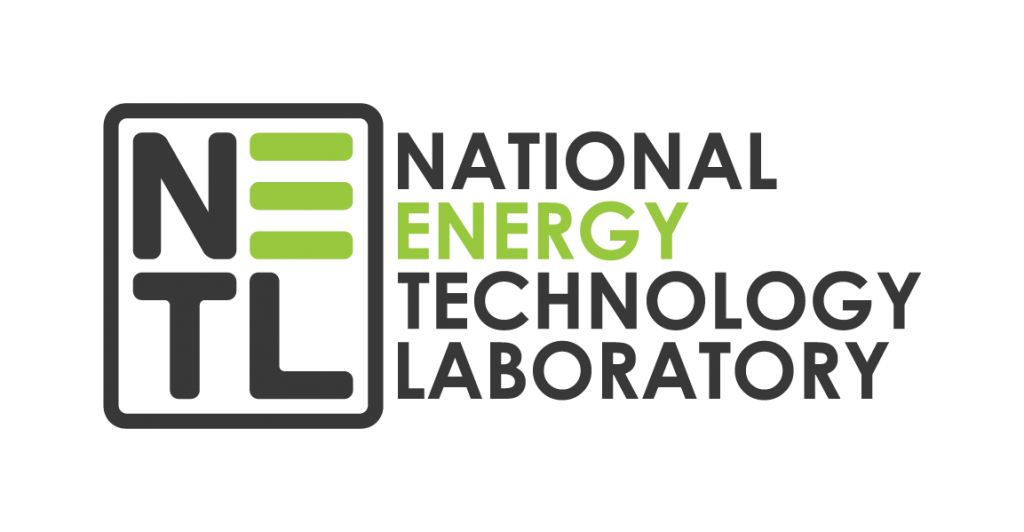Microbiologically-Induced Corrosion (MIC) in systems like pipelines is caused by microorganisms contributing to the rapid degradation of metals and alloys. MIC is a growing issue, and major gas leaks, such as California’s massive Porter Ranch natural gas leak in 2015, have been attributed to microbial corrosion, accounting for an estimated $1 billion in lost revenue, clean-up, repair, and lawsuits annually.
DragX has proven effective in preventing corrosion in tubular, serving as an ultra-thin passivating layer that prevents microbiologically-induced corrosion. DragX was evaluated in extreme weather conditions, similar to environments notorious for heavy fouling and microbiologically-induced corrosion (MIC) attacks. In these demonstrations, DragX was shown to prevent pitting and mitigate increases in surface roughness, producing a Generalized Corrosion Rate (mpy) that was 36 times lower than untreated control surfaces.
In 2022, more than 2.5 million miles of pipeline criss-cross the United States, delivering natural gas and oil to homes, businesses, and industries. NETL set a mission to ensure safety as this pipeline network ages and prevent disruptions in the flow of critical energy resources.
MIC can create pitting, under deposit, and galvanic corrosion, leading to leaks and ruptures in gas lines. With support from the U.S. Department of Energy (DOE) Office of Fossil Energy’s National Energy Technology Laboratory (NETL), Oceanit pursued the development and evaluation of DragX nanocomposite surface treatment technologies as a solution to the looming MIC threat facing the U.S.’s sprawling natural gas infrastructure.
In evaluations starting in 2020, Oceanit successfully demonstrated that DragX surface treatment protects metal surfaces against corrosion, deposition, and degradation, especially against Microbiologically-Induced Corrosion, which has eluded industrial researchers for decades.
Corrosion tests completed by an independent lab confirmed that DragX provides substantial protection against both bacteria colony attachment and metal penetration. This function mitigates corrosion, resulting in substantially less material loss and weakening of the metal, meaning fewer leaks.
DragX-treated pipes were 36 times better at preventing corrosion material loss compared to untreated samples in accelerated-MIC lab tests.
The DragX research effort led by NETL and Oceanit produced an ultra-thin surface treatment that could significantly improve the reliability of the nation’s extensive energy pipeline network by reducing corrosion and surface friction on pipe walls.
Test sections of pipe treated with DragX were tested against unprotected sections in lab environments that purposely accelerated MIC. DragX was 36 times better at preventing corrosion material loss compared to untreated samples. In simpler terms, a pipe treated with DragX could take 36 years to corrode as much as an untreated pipe corrodes in just one year.
In the laboratory data, MIC demonstrated that it could eat through approximately 20% of wall thickness in just three years. DragX treatment under the same conditions would require 105 years of linear corrosion to reach the same 20% wall loss, far exceeding any reasonably expected lifetime of the underlying steel.
DragX’s independent lab results show how significant the effect of Oceanit’s treatments is in arresting the spread of MIC and demonstrate its significant potential as a preventative measure against these challenging conditions in the country’s natural gas infrastructure.
Mitigating MIC with DragX would make industrial systems far safer, protecting their integrity and delivering a massive impact in both economic and health terms.
DragX can be applied to refurbish aging natural gas infrastructure, which continues to creak under the strain of increased capacity and energy demands across the nation. So, although we all continue to transform our nation’s energy policy to renewables, these kinds of disruptive technology give us time to operate our current infrastructure more cleanly and while we transform the planet to carbon neutral.



Omniphobic surface treatment videos
Hydrophilic & Hydrophobic Flow Behavior
Oceanit nanocomposite treatments were applied to sample pipes, demonstrating hydrophilic and hydrophobic flow behaviors. This video compares flow through an untreated pipe to both a 'water-loving' hydrophilic pipe and a 'water-repelling' hydrophobic pipe.
Omniphobic Wetting Behavior
Oceanit's omniphobic surface treatments create water- and oil-repellency on treated surfaces. These advanced nanocomposites create a low surface energy, hydrophobic, and oleophobic layer that imparts both chemical & corrosion resistance. In addition, the functionalized surface repels fouling.
Superhydrophobic Surface Behavior
Oceanit's superhydrophobic surface treatment creates an extreme water- and ice-repelling surface that prevents corrosion. The family of anti-ice coatings showed the lowest-ever adhesion strength rating by the Air Force Cold Regions Research and Engineering Laboratory (CRREL).
Contact Us
Would you like to learn more? Contact us to learn how DragX surface treatment can help you proactively manage risks, rehabilitate degrading lines, and keep your production flowing.
